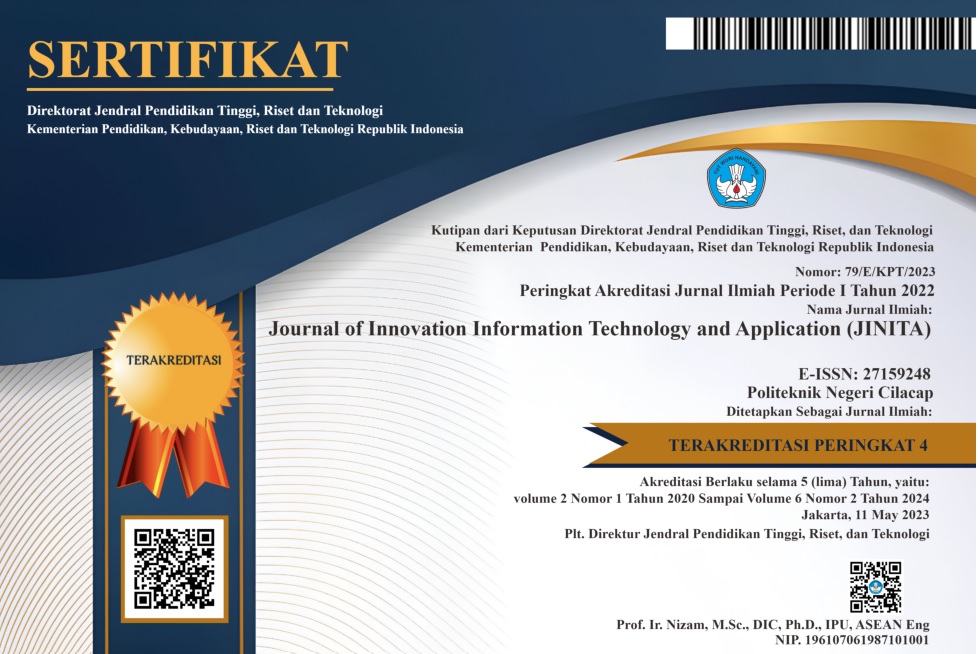End-User Computing Satisfaction on Digital Trade Facilitation in the Philippines
 Abstract views: 1034
,
Abstract views: 1034
,
 PDF downloads: 842
PDF downloads: 842
Abstract
Digital trade facilitation is increasingly becoming essential in a modern customs environment. Many countries have started computerizing and automating their trade procedures, the success of which depends upon their government’s information technology development. In usability perspective, the most appropriate success measure of an information system is the end-users’ satisfaction. This study assessed the end-user computing satisfaction (EUCS) on digital trade facilitation in the Philippines, known as electronic to mobile (e2m) system. This also determined the profile of e2m clients and the differences on their satisfaction. This further established correlations among the dimensions of EUCS. The study is a descriptive-survey research, which used a valid and reliable EUCS questionnaire. The respondents consisted of 49 e2m clients who were selected conveniently. Statistical tests employed were Mann-Whitney U-Test, Kruskal-Wallis H-Test, and Spearman’s Correlation. Results showed that majority of respondents are customs brokers, most are 4-6 years in profession, and with more than 10 transactions in a month. The end-users were generally satisfied on the total EUCS, as well as in content, accuracy, and timeliness, while they were very satisfied in format, and ease of use. Results also revealed that there are significant differences on clients’ satisfaction on format when grouped to profession, on ease of use when grouped to years in profession, and on accuracy and total EUCS when grouped to number of transactions in a month. All the five EUCS dimensions have significant positive moderate to strong correlations with each other.
References
AsianDevelopmentBank(ADB)andUnitedNationsEconomicandSocialCommissionforAsiaandthePacific(ESCAP),DesigningandImplementingTradeFacilitationinAsiaandthePacific,MandaluyongCity,Philippines:AsianDevelopmentBank,2013.J.Peterson,“Anoverviewofcustomsreformstofacilitatetrade”JournalofInternationalCommerceandEconomics,Aug.2017.L.C.DeDios,“TheimpactofinformationtechnologyintradefacilitationonsmallandmediumenterprisesinthePhilippines”,ARTNeTWorkingPaper74,Bangkok:Asia-PacificResearchandTrainingNetworkonTrade,2009.F.A.Alburo,“Thedevelopmentimpactofinformationtechnologyintradefacilitation”,ARTNeTWorkingPaper78,Bangkok:Asia-PacificResearchandTrainingNetworkonTrade,2010.Y.Duval,andK.Mengjing,“Digitaltradefacilitation:Paperlesstradeinregionaltradeagreements”,ADBIWorkingPaper747,Tokyo:AsianDevelopmentBankInstitute,2017.P.IntalJr.,“AECblueprintimplementationperformanceandchallenges:Tradefacilitation”,ERIADiscussionPaper2015-41,Jakarta:ERIA,2015.E.M.Medalla,“ManagingtheASEANeconomicintegrationprocessinthePhilippines:Anassessmentofprogressintradeliberalizationandfacilitation,”PIDSDiscussionPaperSeries,no.2012-41,PhilippineInstituteforDevelopmentStudies(PIDS),MakatiCity,2012.A.M.Alcedo,andV.M.Cajala,“ThepresentcomputerizationprogramoftheBureauofCustoms:Focusonimportandexporttransactions”,PaperpresentedatDLSUResearchCongress2015,DeLaSalleUniversity,Mar.2015.W.Chin,andM.Lee,“AproposedmodelandmeasurementinstrumentfortheformationofISsatisfaction:Thecaseofend-usercomputingsatisfaction”,ICIS2000Proceedings,vol.57,pp.553-563,2000.K.Lim,J.Lim,andJ.H.Heinrichs,“Validatinganend-usercomputingsatisfactioninstrument:Confirmatoryfactoranalysisapproachusinginternationaldata”,JournalofInternationalTechnologyandInformationManagement,vol.17,no.2,pp.153-166,2008.W.J.Doll,andG.Torkzadeh,“Themeasurementofend-usercomputingsatisfaction”,MISQuarterly,vol.12,no.2,pp.259-274,1988.V.P.Aggelidis,andP.D.Chatzoglou,“Hospitalinformationsystems:Measuringendusercomputingsatisfaction(EUCS)”,JournalofBiomedicalInformatics,vol.45,pp.566-579,2012.S.Mekadmi,andR.Louati,“Anevaluationmodelofusersatisfactionwithenterpriseresourceplanningsystems”,TheElectronicJournalofInformationSystemsEvaluation,vol.21,no.2,pp.143-157,2018.N.Mohamed,H.Hussin,andR.Hussein,“Measuringusers’satisfactionwithMalaysia’selectronicgovernmentsystems”,ElectronicJournalofe-Government,vol.7,no.3,pp.283-294,2009.J.-A.S.Suzart,“End-usersatisfactionwiththeIntegratedSystemoftheFederalGovernmentFinancialAdministration(SIAFI):Acasestudy”,JournalofInformationSystemsandTechnologyManagement,vol.10,no.1,pp.145-160,2013.A.Ilias,andM.-Z.A.Razak,“End-usercomputingsatisfaction(EUCS)towardscomputerizedaccountingsystem(CAS)inpublicsector:Avalidationofinstrument”,JournalofInternetBankingandCommerce,vol.16,no.2,pp.1-17,2011.A.Ilias,M.-Z.A.Razak,R.A.Rahman,andM.R.Yasoa,“End-usercomputingsatisfaction(EUCS)inComputerisedAccountingSystem(CAS):Whichthecriticalfactors?AcaseinMalaysia”,ComputerandInformationScience,vol.2,no.1,pp.18-24,2009.S.-C.C.Fong,andM.-W.H.Ho,“Accountinginformationsystemsend-usersatisfaction:EvidenceofHongKongHousingAuthority”,TheInternationalTechnologyManagementReview,vol.4,no.1,pp.27-41,2014.L.Xiao,andS.Dasgupta,“Measurementofusersatisfactionwithweb-basedinformationsystems”,ProceedingsoftheEightAmericasConferenceonInformationSystems,pp.1149-1155,2002.S.F.Abdinnour-Helm,B.S.Chaparro,andS.M.Farmer,“Usingtheend-usercomputingsatisfaction(EUCS)instrumenttomeasuresatisfactionwithawebsite”,DecisionSciences,vol.36,no.2,pp.341-364,2005.W.J.Doll,andG.Torkzadeh,“Themeasurementofend-usercomputingsatisfaction:Theoreticalandmethodologicalissues”,MISQuarterly,vol.15,no.1,pp.5-10,1991.
Copyright (c) 2022 Journal of Innovation Information Technology and Application (JINITA)

This work is licensed under a Creative Commons Attribution 4.0 International License.
Authors who publish with this journal agree to the following terms:
- Authors retain copyright and grant the journal right of first publication with the work simultaneously licensed under a Creative Commons Attribution License that allows others to share the work with an acknowledgement of the work's authorship and initial publication in this journal.
- Authors are able to enter into separate, additional contractual arrangements for the non-exclusive distribution of the journal's published version of the work (e.g., post it to an institutional repository or publish it in a book), with an acknowledgement of its initial publication in this journal.
- Authors are permitted and encouraged to post their work online (e.g., in institutional repositories or on their website) prior to and during the submission process, as it can lead to productive exchanges, as well as earlier and greater citation of published work (See The Effect of Open Access).
















